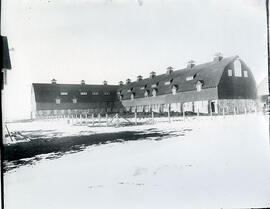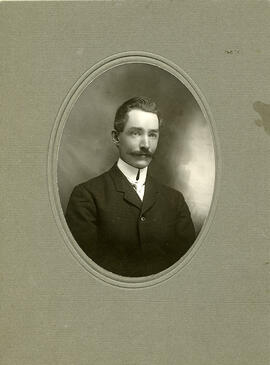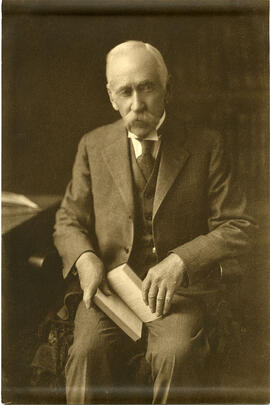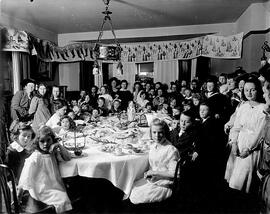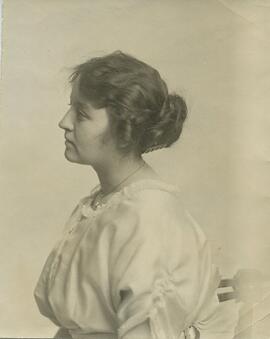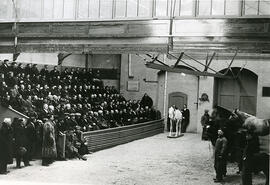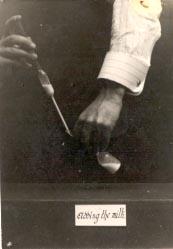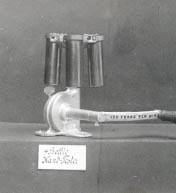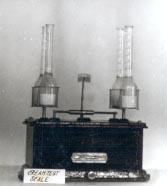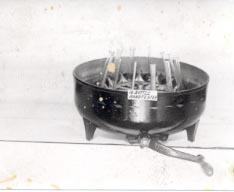- A-3162
- Item
- [191-?-192-?}
Head and shoulders image of Alexander Campbell, director of Pharmacy from 1914-1923, and first dean from 1923-1928.
Bio/Historical Note: Alexander Campbell's association with the University of Saskatchewan began in 1913 as professor of Pharmacy. The Saskatchewan Pharmaceutical Association had been the first in Canada to request the education of its members be under the direction of a university and twenty-one students enrolled when the School of Pharmacy was first established in January 1914. By 1921 the School had become a College and in 1922 Campbell became the first dean of Pharmacy. Enrolment had increased substantially every year; and Campbell, there since the school’s inception, had taught a majority of the classes even as faculty numbers increased. The College of Pharmacy as it existed in 1927 was largely Campbell’s creation. Remarkably, he had joined the University at age 62 – but “no one,” Walter C. Murray wrote, had “ever associated age with the active veteran of the rebellion of 1885.” Indeed, Campbell had been part of the 7th Fusiliers from London, Ontario, called into active service on 1 April 1885. By the time they had made the trip west the Northwest Resistance was over: the 7th Fusiliers left for their return journey to Ontario in mid-July without ever having seen combat. Campbell had done pencil sketches at the time and later turned these into watercolours, with a narrative of his service: An Account of the Advances of the 7th Fusiliers of London to aid in the suppression of the North West Rebellion of 1885. Following his retirement in 1928 Campbell moved to Victoria, where he died in [1943 at the age of 91]. The Saskatchewan Pharmaceutical Association established the Campbell Prize in his honour.



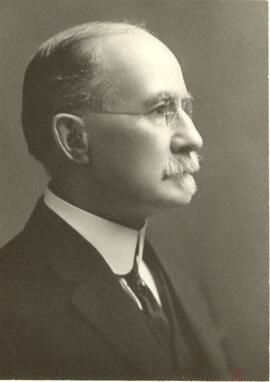

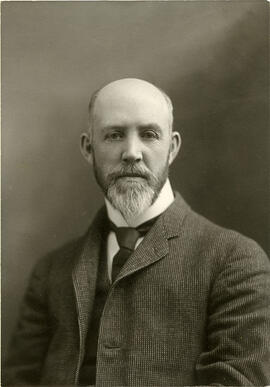
![[Men working in lab]](/uploads/r/university-of-saskatchewan-archives/f/e/4/fe443b0fc277249197e7669a7c4c63cc403b3e7291786d91b2c94082cf37605e/A-12406_142.jpg)

